What would you first think of when one mentions a bathroom? For most, it would be the washroom bathtub since it was traditionally the focal point of any bathroom, bringing function and indulgence. Whether one is upgrading an existing bathroom or planning a brand new one, the washroom bathtub is still one of the most major concerns. While varieties abound, from free-standing tubs to some of the most modern designs one will have to first understand what truly makes a bathtub a bit more than where one takes a bath.
This article provides an overview of bathtub history, recent improvements in tub design, and several reasons incorporating a tub may elevate one's washroom to another degree.
1. The Evolution of Bathtubs: From Basic to Luxurious
Bathtubs themselves have evolved over thousands of years from simple stone basins to the luxurious soak tubs we have today. Knowing how the bathtub developed will let you appreciate the advancement in materials, design, and technologies involved in shaping today's washroom bathtub.
Early Beginnings: The Ancient World
The first known bathtubs appeared in ancient civilizations, with evidence of rudimentary bathtubs in places as far back as ancient Mesopotamia and the Indus Valley. These early bathtubs were often of stone or copper, and bathing was often a communal or ritualistic activity rather than a daily hygiene practice.
· Mesopotamia and Ancient Egypt: Both civilizations used primitive bathtubs made from materials like stone and copper. In Egypt, bathing was linked to religious purification.
· Ancient Greece and Rome: The Romans were the first to create public bathhouses, and it was in these bathhouses that people experienced the luxury of heated baths, a practice that would influence future bathtub designs.
The Birth of the Modern Bathtub
Bathtubs became accessible and functional to the general public in the 19th century during the rise of industrialization. As plumbing and new materials became available, bathtubs became a common installation in homes throughout the United States and Europe.
· Iron and Cast Iron Bathtubs: These cast-iron tubs were smeared with a porcelain veneer, an especially durable and easy-to-clean surface, that made the iron tubs infinitely more functional, even into the bath time. Indeed, it transformed a home bathroom through the conveniences of such tubs, maintaining hot water over a period.
· Plumbing Advancements: As modern plumbing systems became more widespread, bathtubs became more practical, allowing for continuous water flow and drainage.
2. The Rise of the Modern Washroom Bathtub
The bathtub has really evolved from the very rudimentariness to where it is in modern washrooms. New material, advanced technologies, and creativity have changed the bathtub into an extravagant indulgence of many house owners. Let's see what made bathtubs change their trend.
1. Materials and Durability
The materials used to construct bathtubs have changed significantly over the years, resulting in more durable, aesthetically pleasing, and easy-to-maintain tubs. Some of the most popular materials used in modern bathtubs include:
· Acrylic: Acrylic tubs are lightweight, durable, and easy to clean. These tubs can come in various shapes and sizes and are often used for freestanding or soaking tubs.
· Cast Iron: Cast iron is known for its durability and heat retention properties. Though heavier, these tubs provide an elegant and classic aesthetic, often paired with modern design elements.
· Fiberglass: Fiberglass bathtubs are affordable and lightweight but may not be as durable as acrylic or cast iron. However, they are a popular choice for budget-friendly bathroom remodels.
· Stone and Quartz: For those seeking a luxury experience, bathtubs made from natural stone or quartz are on the rise. These materials are not only visually stunning but also offer exceptional durability.
2. Bathtub Design Innovations
Modern washroom bathtubs come in a variety of designs that cater to different aesthetics, sizes, and functional needs. Here are some of the most innovative designs:
· Freestanding Bathtubs: These tubs are not attached to the wall, which creates a sleek, luxurious look. Available in various shapes (oval, round, rectangular), freestanding tubs can become the centerpiece of your bathroom.
· Deep Soaking Tubs: Deep soaking tubs allow for a more immersive bath experience, offering full-body relaxation. These tubs are especially popular for those who use their baths as a form of self-care and stress relief.
· Whirlpool Tubs: These tubs feature jets that provide a massaging effect, offering therapeutic benefits such as relief from muscle tension and improved circulation. Whirlpool tubs are especially popular in spas and luxury home bathrooms.
· Walk-In Tubs: Walk-in bathtubs are designed with accessibility in mind, making them ideal for older adults or individuals with mobility challenges. These tubs have a door that allows users to enter without stepping over a high edge, reducing the risk of falls.
3. Technology Integration
Advancements in technology have also made their way into bathtub designs. Today’s washroom bathtubs can feature numerous high-tech features that enhance the bathing experience.
· Heated Tubs: Many modern tubs offer built-in heating elements that keep the water at the perfect temperature throughout the entire bath.
· Chromatherapy: Chromatherapy or color therapy is a feature available in some bathtubs that uses colored lights to enhance relaxation and mood.
· Bluetooth Speakers: For those who enjoy listening to music or podcasts while soaking in the tub, some bathtubs come equipped with Bluetooth speakers for a fully immersive experience.
· Smart Controls: Some luxury bathtubs have touch-screen controls that allow users to adjust temperature, lighting, and jet settings for a personalized experience.
3. Benefits of Having a Bathtub in Your Washroom
While showers may be faster and more convenient for everyday use, bathtubs offer a range of benefits that can make them a worthwhile addition to any bathroom.
1. Relaxation and Stress Relief
A hot bath is the ultimate way to unwind after a long day. The warm water soothes muscles, reduces stress, and provides a calming environment that promotes relaxation.
· Therapeutic Benefits: Immersing yourself in warm water can improve blood circulation, ease muscle tension, and even reduce anxiety and insomnia.
· Self-Care: Having a washroom bathtub allows you to incorporate a regular bath into your self-care routine, promoting overall well-being.
2. Increased Home Value
If you’re considering selling your home, having a bathtub in your washroom can add value to your property. Many buyers prefer homes with at least one bathtub, especially if the bathroom features a freestanding bathtub or a deep soaking tub. A bathroom with a bathtub can help set your property apart from others on the market.
· Appeal to Families: Bathtubs are essential for families with young children, making them a must-have in homes targeting family buyers.
· Luxury Appeal: Bathtubs, especially high-end washroom bathtubs, can add a touch of luxury and sophistication to a bathroom, which may appeal to buyers looking for a spa-like atmosphere.
3. Versatility and Functionality
Bathtubs are incredibly versatile. In addition to being a place for relaxation, they can serve as a multi-functional space for different needs.
· Bathing Children or Pets: If you have young children or pets, a bathtub can make bath time much easier and safer.
· Storage: Freestanding bathtubs often have the added benefit of creating space for additional storage underneath or around the tub, offering a functional solution for small bathrooms.
4. Choosing the Right Bathtub for Your Washroom
When deciding on a bathtub for your home, it’s essential to consider your bathroom’s layout, size, and the specific needs of your family. Here are some tips for choosing the right washroom bathtub:
1. Assess Bathroom Space
Consider the size of your bathroom when selecting a bathtub. Freestanding bathtubs are ideal for larger bathrooms where space is not a concern, while alcove bathtubs or corner tubs may work better for smaller spaces.
2. Focus on Comfort
The comfort of your bathtub is crucial. Soaking tubs are great for those looking for a deep, relaxing bath, while whirlpool tubs may appeal to those seeking therapeutic benefits. Think about what kind of bathing experience you want and choose a tub that meets those needs.
3. Consider Your Budget
Bathtubs come in a wide range of prices, from budget-friendly fiberglass tubs to high-end stone and quartz models. Determine your budget before you begin shopping, and make sure to factor in installation costs.
Final Thoughts: Is a Bathtub a Must-Have in Your Washroom?

The washroom bathtub is no longer just a functional necessity—it's an essential element of luxury, wellness, and style. Whether you prefer the simplicity of a freestanding soaking tub or the therapeutic benefits of a whirlpool tub, there’s no doubt that a bathtub can enhance both the aesthetic and functionality of your bathroom.
Bathtubs are versatile, providing relaxation, therapy, and comfort. They can add value to your home and give you a personal space to unwind and rejuvenate. If you’re designing or renovating your bathroom, investing in the right bathtub could be one of the best decisions you make for your home’s ambiance and your own well-being.

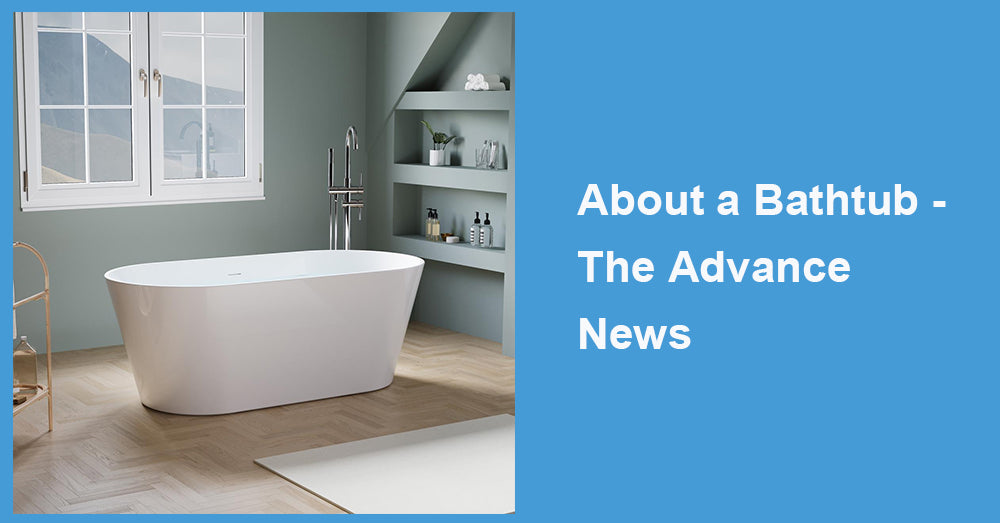
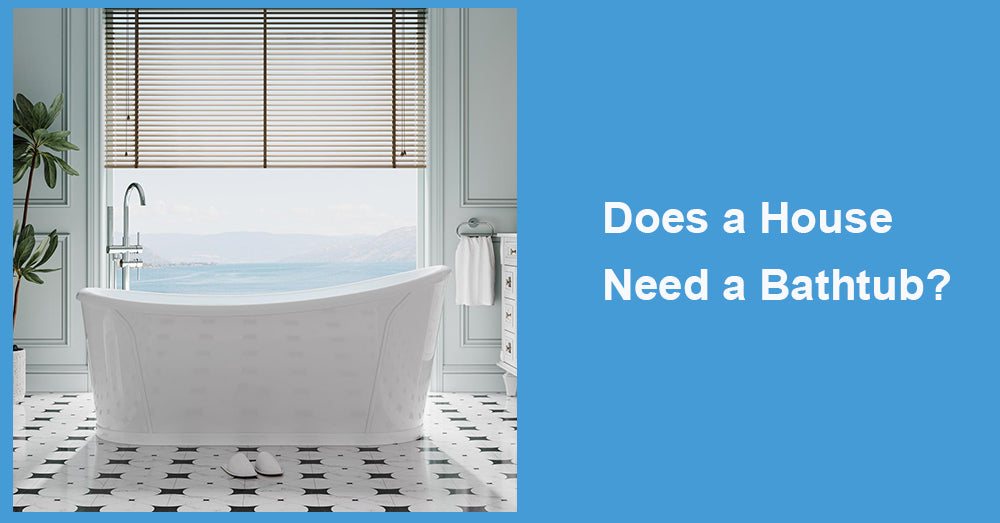

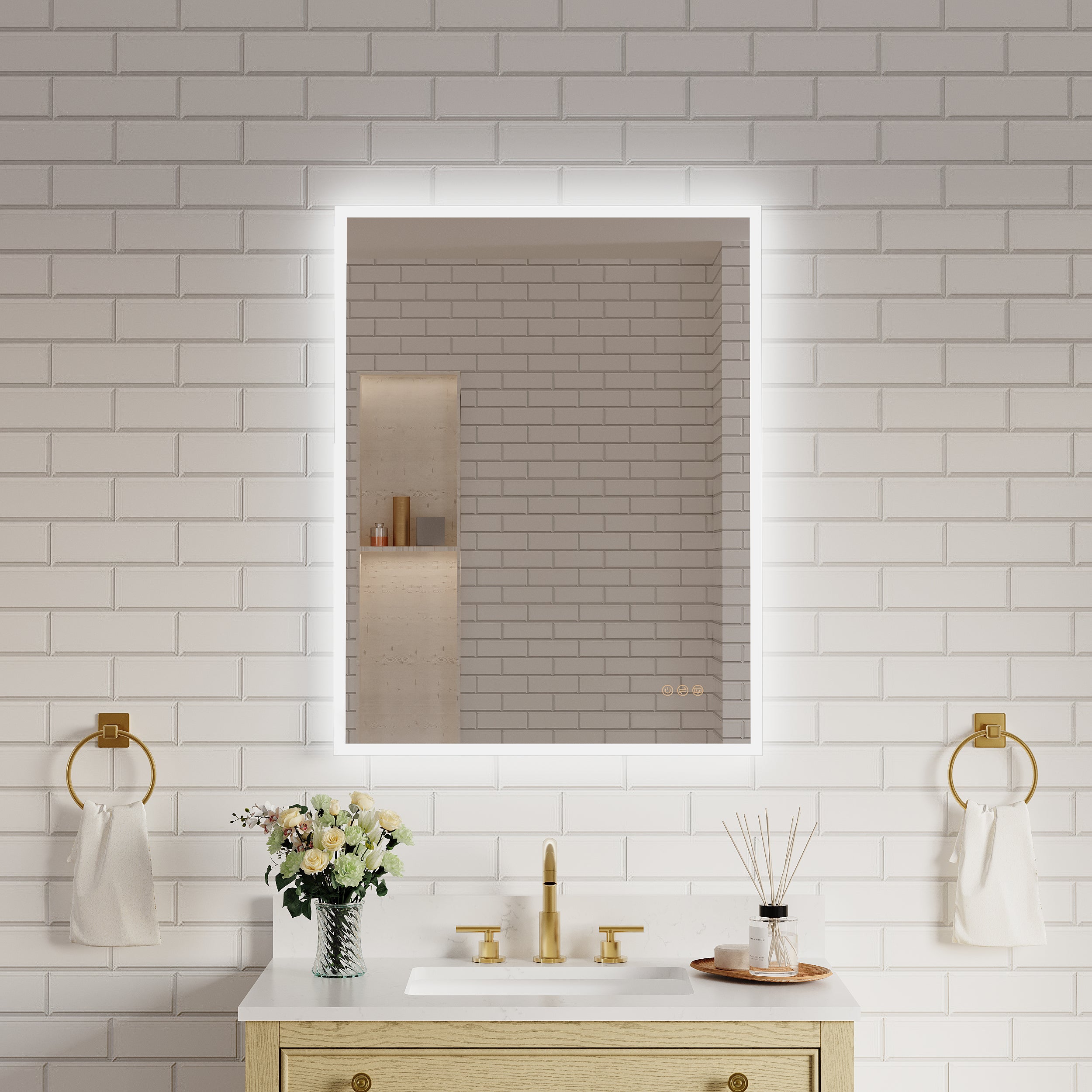

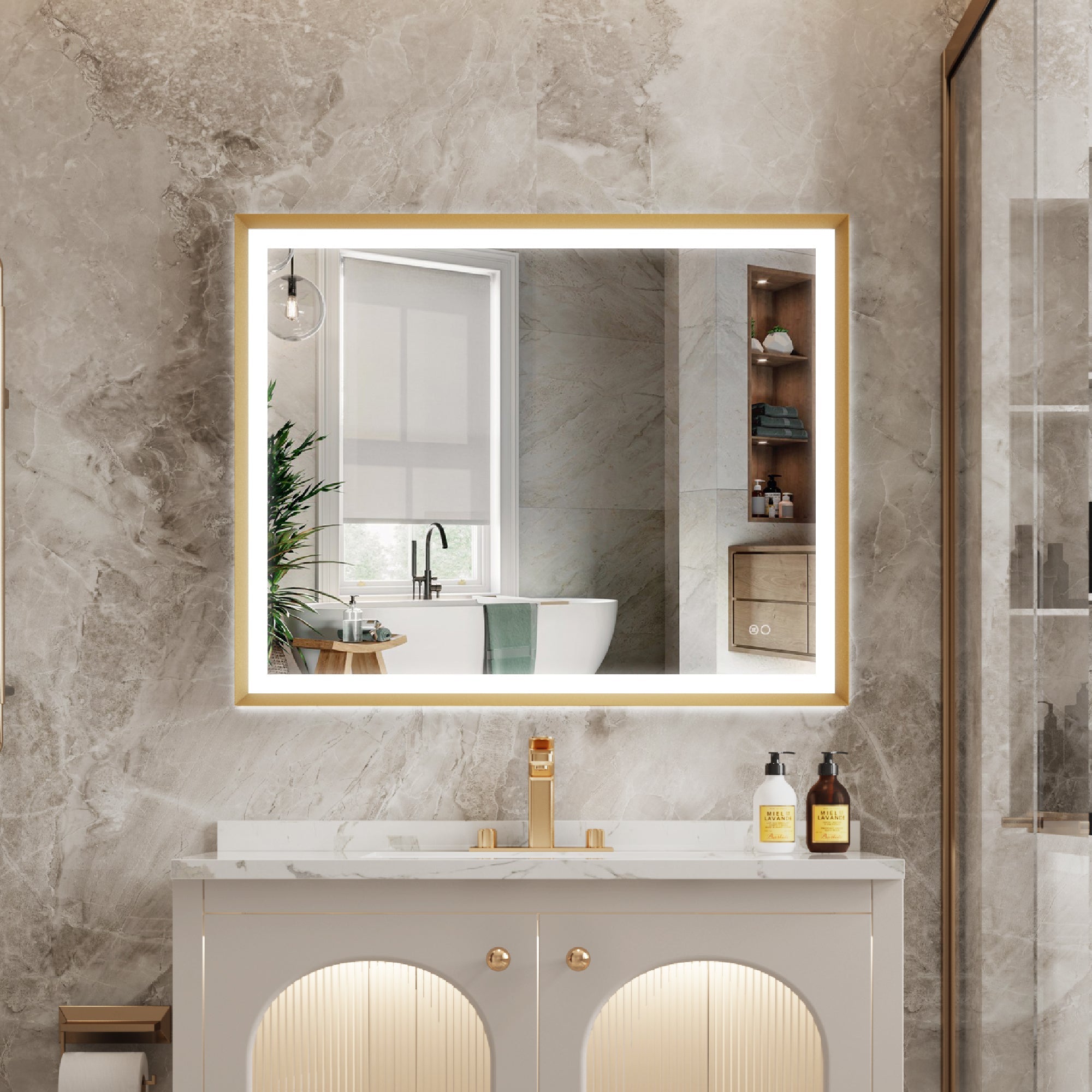

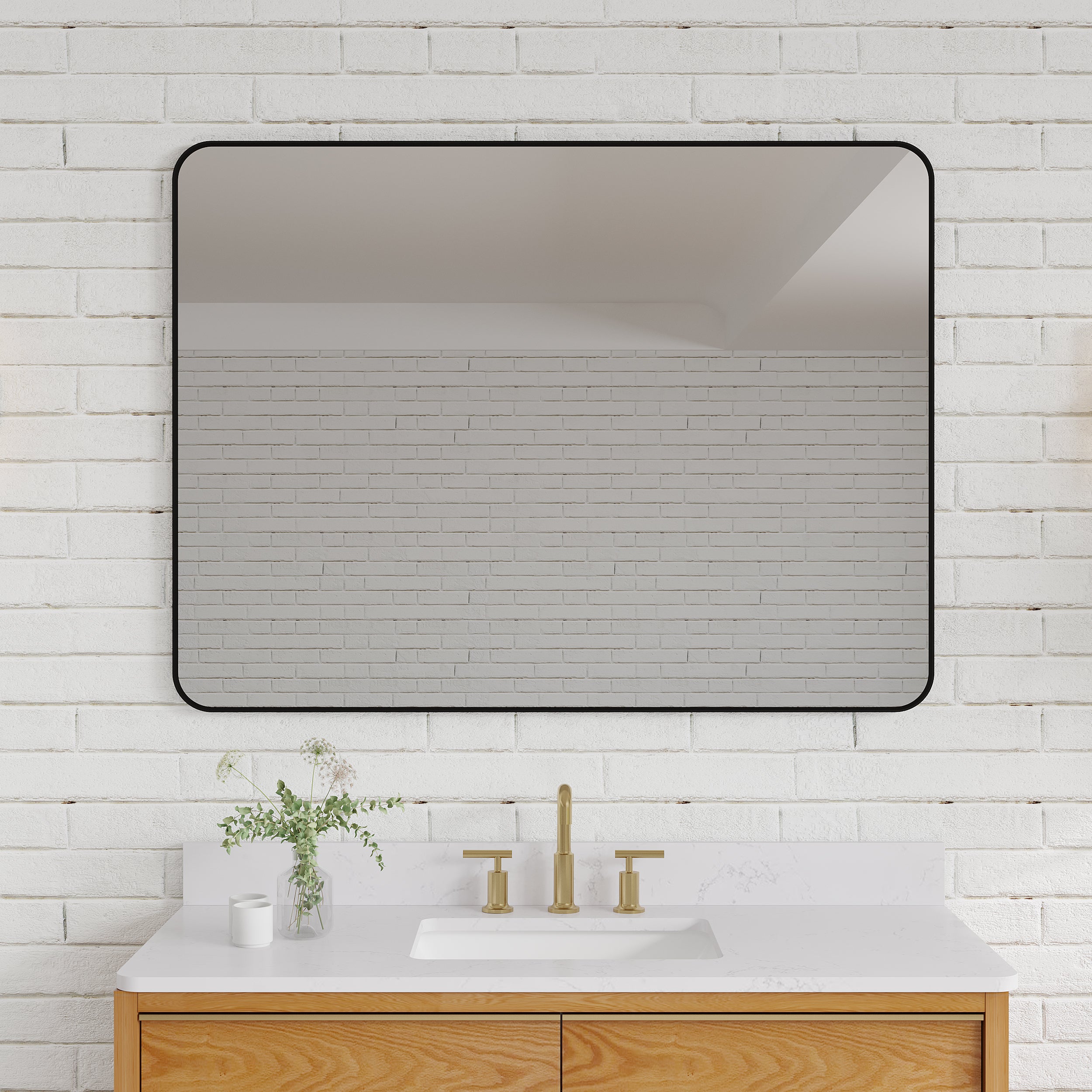

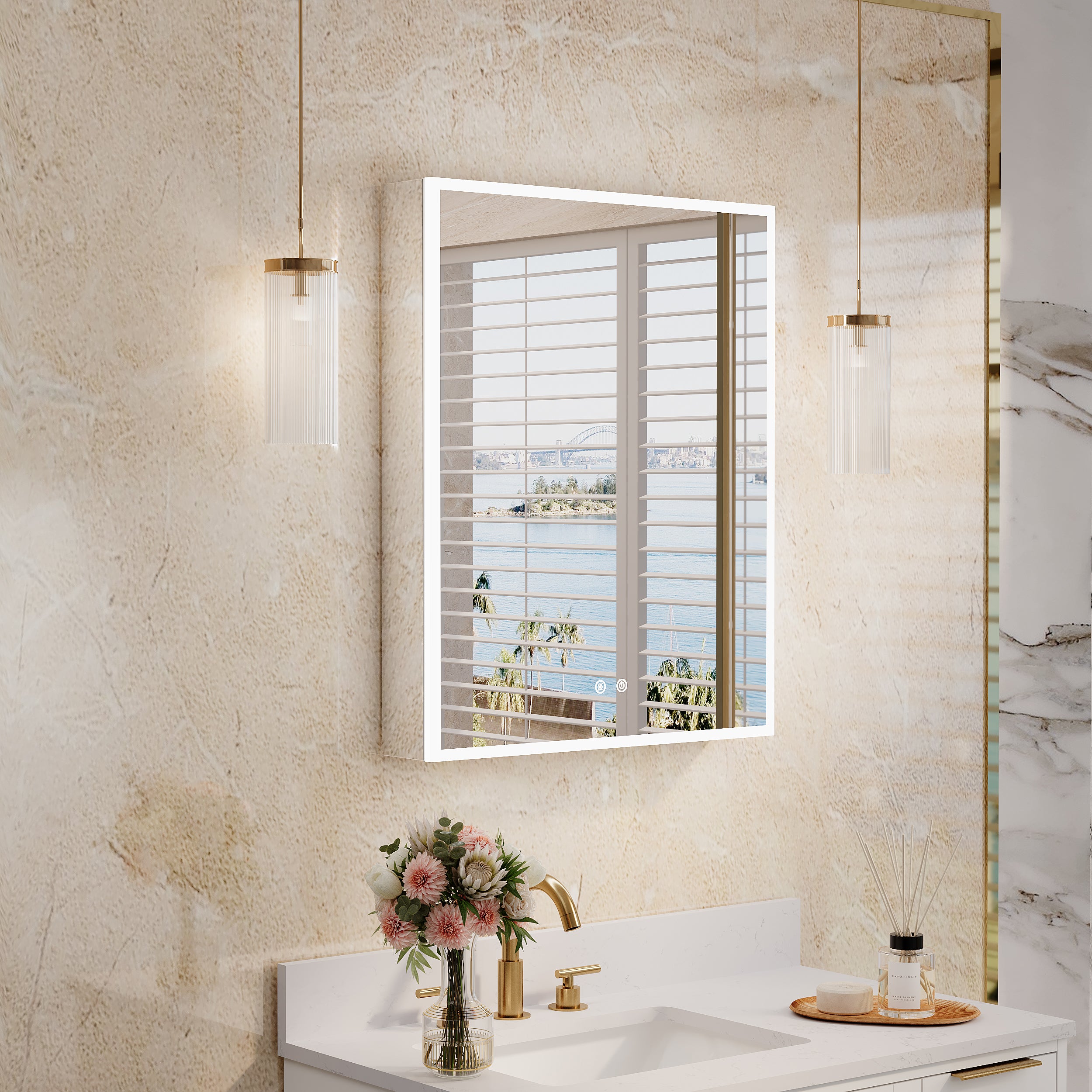
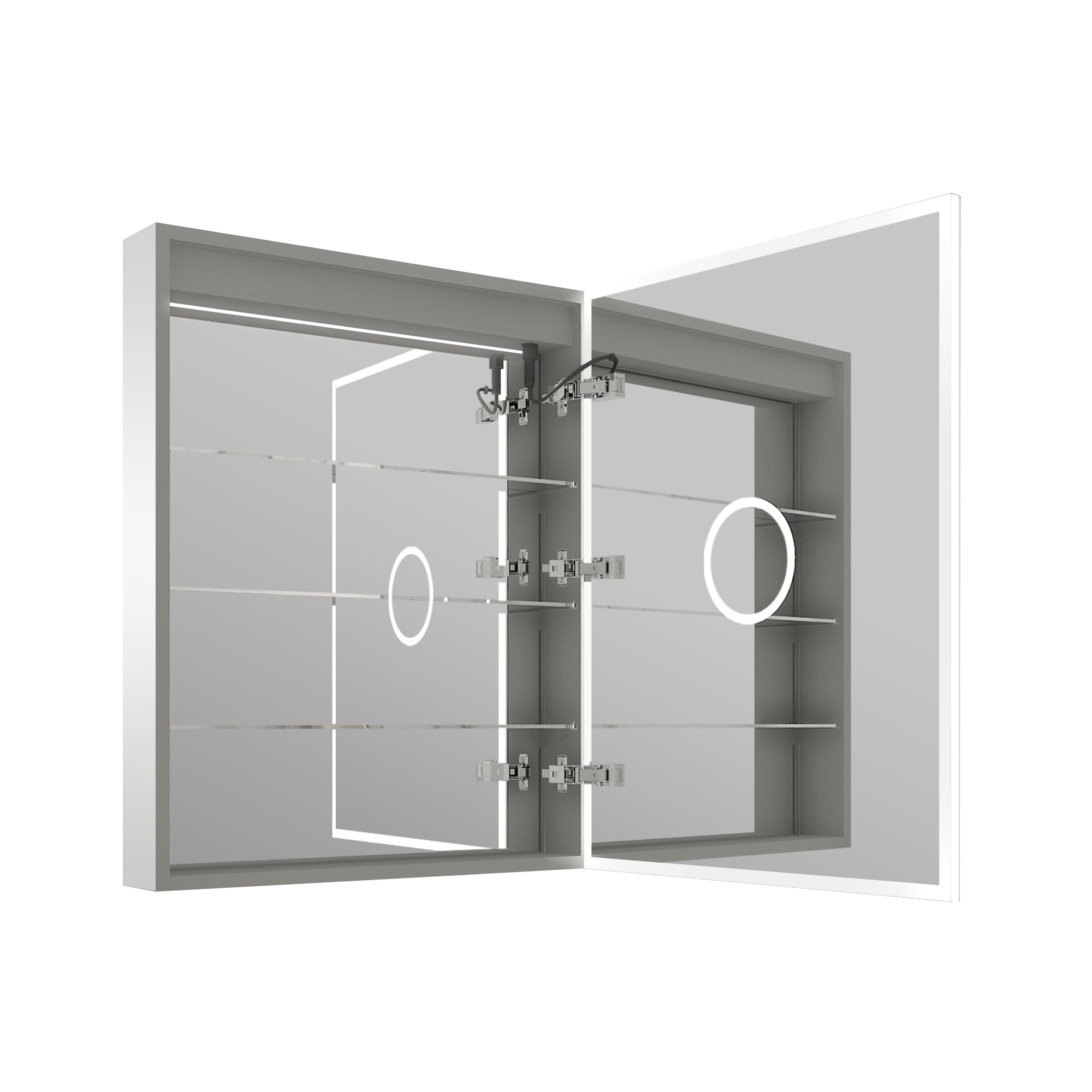


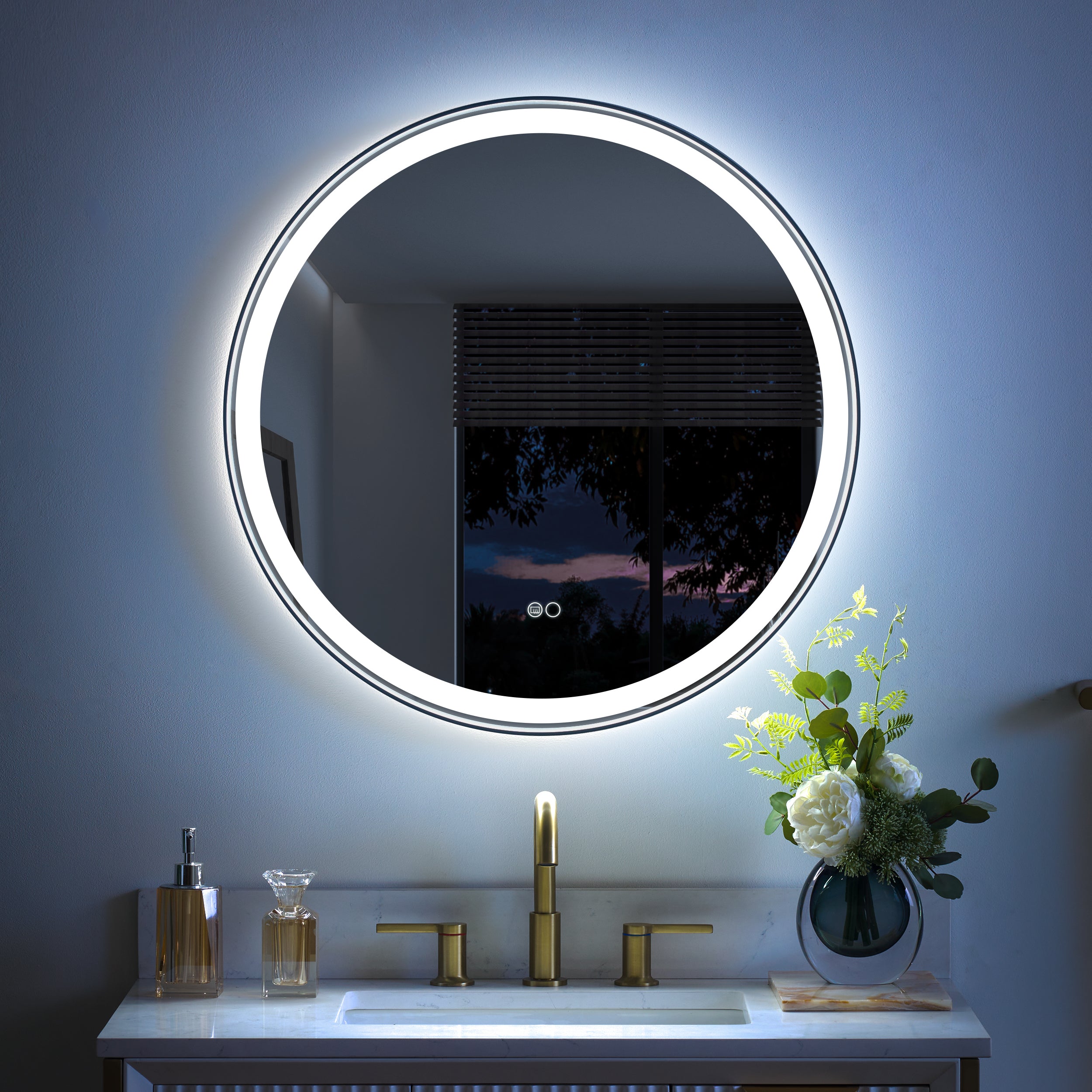

Leave a comment
This site is protected by hCaptcha and the hCaptcha Privacy Policy and Terms of Service apply.